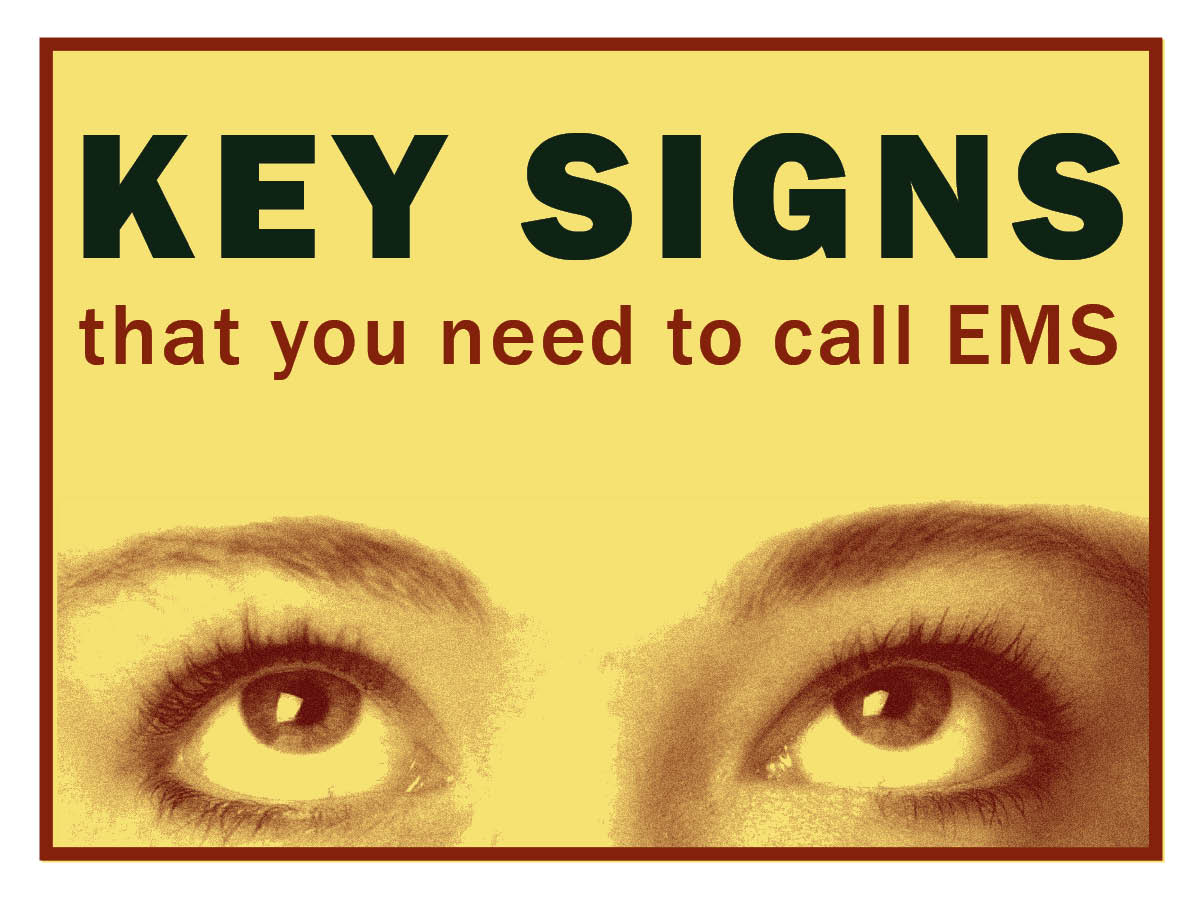Alcohol can be dangerous when mixed with other recreational drugs or medications. Below are some of the reactions that might take place after mixing alcohol with different types of drugs:
Sedatives
Using alcohol with GHB, rohypnol, ketamine, barbiturates, tranquilizers or sleeping pills will multiply the sedative effects of both drugs, which can slow down your central nervous system enough to cause loss of consciousness, a coma or death. Sedatives like GHB and rohypnol have been used as date rape drugs because of this dangerous combination.
Cannabis
Using alcohol with cannabis can decrease motor control and mental concentration and greatly impair your ability to drive. Because cannabis suppresses the gag reflex, you may not be able to throw up alcohol when your body needs to.
Opiates
Using alcohol with narcotics such as heroin, codeine or Darvon slows down the central nervous system and can cause your breathing to stop, a coma and even death.
Prescription drugs
More than 150 medications interact harmfully with alcohol. Alcohol's effects are heightened by medicines that depress the central nervous system, such as sleeping pills, antihistamines, antidepressants, anti-anxiety drugs, and some painkillers. In addition, medicines for certain disorders, including diabetes, high blood pressure and heart disease, can have harmful interactions with alcohol. Using alcohol with a prescribed drug or an over-the-counter drug may effect your liver's ability to metabolize the medication and can decrease the medication's effectiveness. The combination of drugs can also multiply the effects of the alcohol and the medication and may cause liver damage. If you are a Brown student, you can call the Pharmacy (401.863-7882) to ask about using alcohol with any prescribed drug or over-the-counter drugs.







